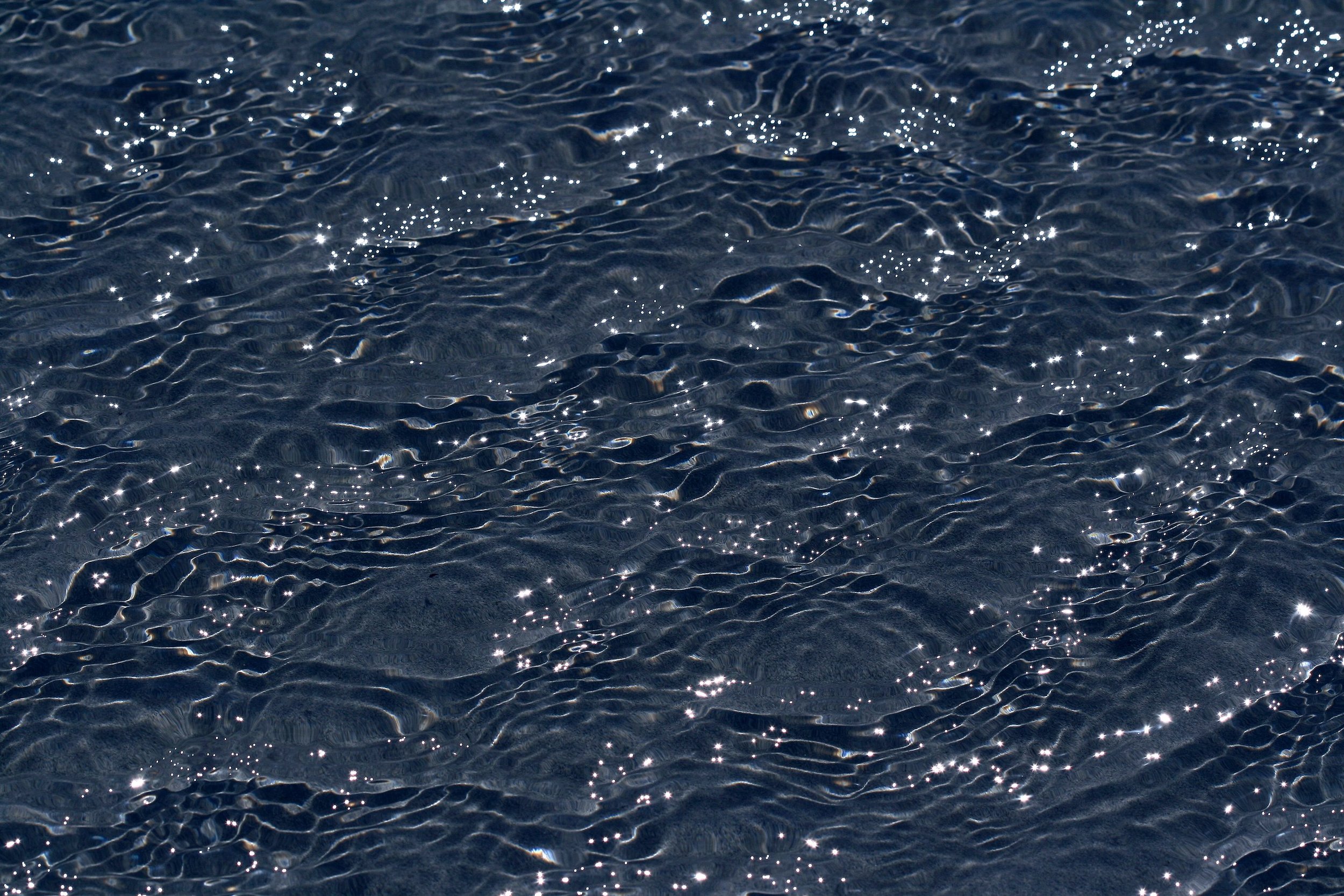THE THREAT
Central Illinois is facing an unprecedented wave of proposed carbon capture and sequestration (CCS) projects. Backed by federal funding, these initiatives aim to “sequester” (store) carbon dioxide (CO2) by injecting it thousands of feet underground at a scale never before seen. Currently proposed projects would inject and store more than 100 times the current volumes stored at the Archer Daniels Midland (ADM) site in Decatur, and more project proposals are likely.
While carbon sequestration is promoted by some as a solution to the climate crisis, it poses significant risks to our environment — particularly to the Mahomet Aquifer, the primary drinking water source for nearly one million people across Central Illinois. Leaked CO2 could acidify the aquifer, releasing toxic heavy metals like uranium, which can cause severe health issues, including cancer, liver damage, and anemia.
Proposed Projects Under the Mahomet
At the moment, three projects are proposed to sequester carbon through and under the Mahomet Aquifer or its recharge areas. Together, these three projects will store more than 50 times the amount of CO2 stored underground in Illinois. Check out our map to identify the proposed projects and the proposed areas under which CO2 will be stored.
While we are pushing for a ban that would stop these projects outright, each of these projects is seeking a Class VI Injection Well permit from the US EPA.
Potential Pathways for Leakage
CO2 can leak along injection or monitoring wells, and through existing faults and fractures of the cap rock or those that could be created by natural or induced seismic activity. Abandoned wells are also recognized as providing conduits for stored CO2 to move into underground drinking water sources. Leaky wells could cause serious environmental harm and cancel out purported climate benefits of CCS.
People's Gas Leak. In 2016, People's Gas reported the corrosion and leak of an injection well in the Manlove Gas Field under the Mahomet Aquifer near Fisher, Illinois. This leak contaminated residents’ water with methane gas and required the Illinois Attorney General to file a complaint that ultimately led to a consent order. While this order requires People's Gas to supply bottled water to affected residents, it did not include funding for connecting to a new water supply. In 2021, Senator Chapin Rose secured $3.8 million in state funding for the first phase of a project to extend Sangamon Valley Water Authority lines to provide the clean water source for families with contaminated water. In 2022, the Champaign County Board allocated $500,000 to complete the design work. Eight years later, those same residents are still waiting to be connected to a new supply of water.
Natural Seismicity. Illinois is no stranger to earthquakes. Three active seismic zones, the Ste. Genevieve, New Madrid and the Wabash Valley, traverse the central and southern part of the state. According to the USGS, 15 earthquakes occurred throughout the state from January 2023 through June 2024. These ranged from 1.7 M to 3.6 M.
Induced Seismicity. Injection of CO2 also can induce earthquakes large enough to damage the wellbore or break the caprock. We know injecting produced water from oil and gas production far below groundwater or aquifers causes earthquakes:
5.2 M earthquake in TX in November 2023, the 4th largest in the state.
At least 10 earthquakes occurred in OK on the same day in January 2024, the largest of which was 4.3M.
Scientists have expressed concern that injecting larger volumes of CO2, at higher pressures and for longer duration associated with CCS has an even higher probability of inducing earthquakes. But, U.S. EPA Class VI permitting does not address induced earthquakes.
Abandoned Wells. The Illinois Department of Natural Resources says they believe there are more than 32,000 oil & gas wells in Illinois, but acknowledges they don’t know where all of them are. According to the IDNR, “orphaned" or unplugged wells total over 4,000.
According to the 2018 Mahomet Aquifer Task Force Report commissioned by the General Assembly, "Prospecting for oil and gas with deep wells has occurred across the Mahomet Aquifer region, although the only economically significant pools of oil occur just off the aquifer in Piatt, Macon, and DeWitt Counties". Unfortunately, the abandonment status is unknown for many of the deep wells drilled prior to 1939 and for many wells drilled afterward that have incomplete records.
Illinois has had oil and gas well regulations since 1939 that include proper cementing and abandonment procedures. But research has shown that CO2 can leak from wells that are properly plugged. This occurs when carbonic acid forms due to dissolution of CO2 into brines and then corrodes the cement.
